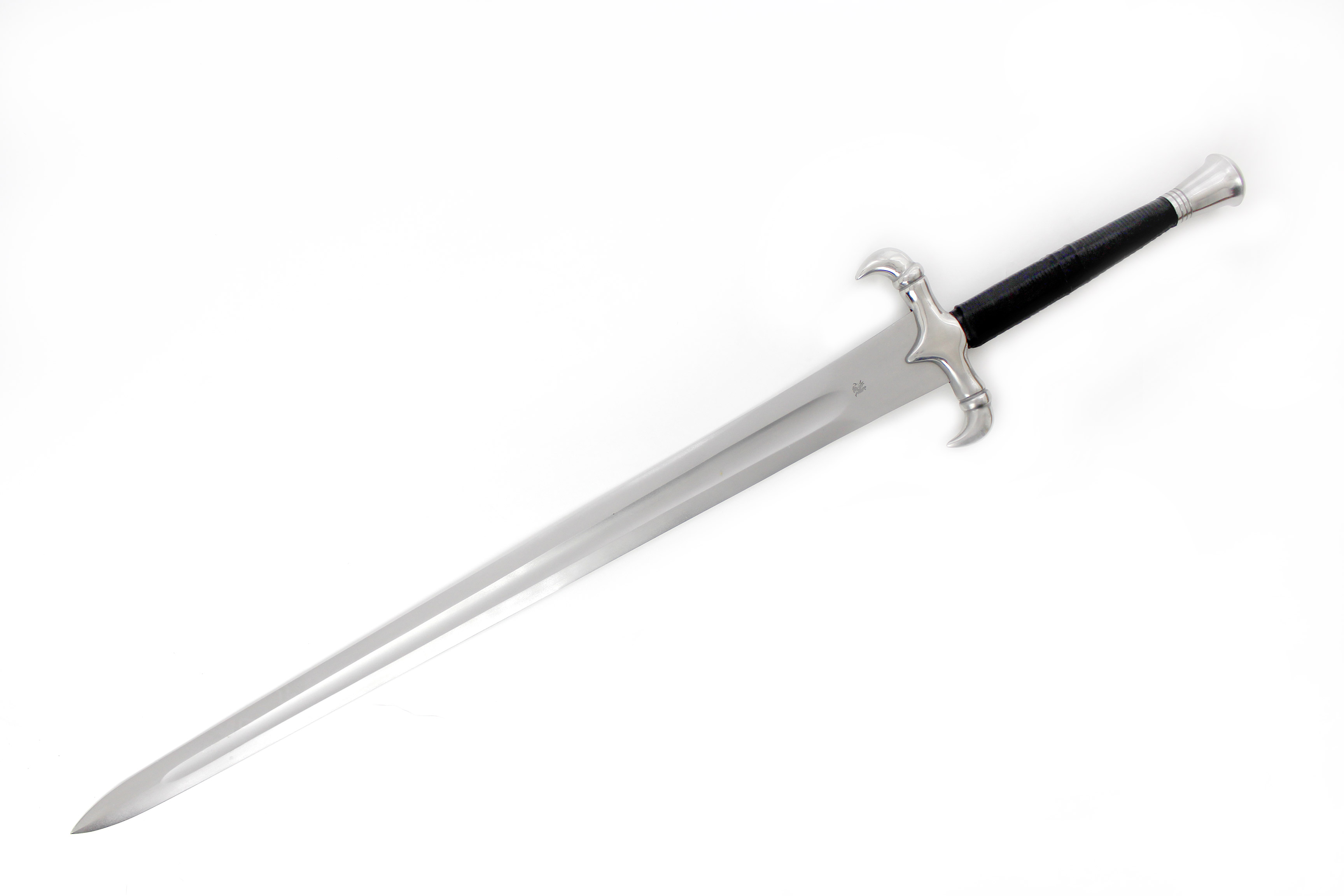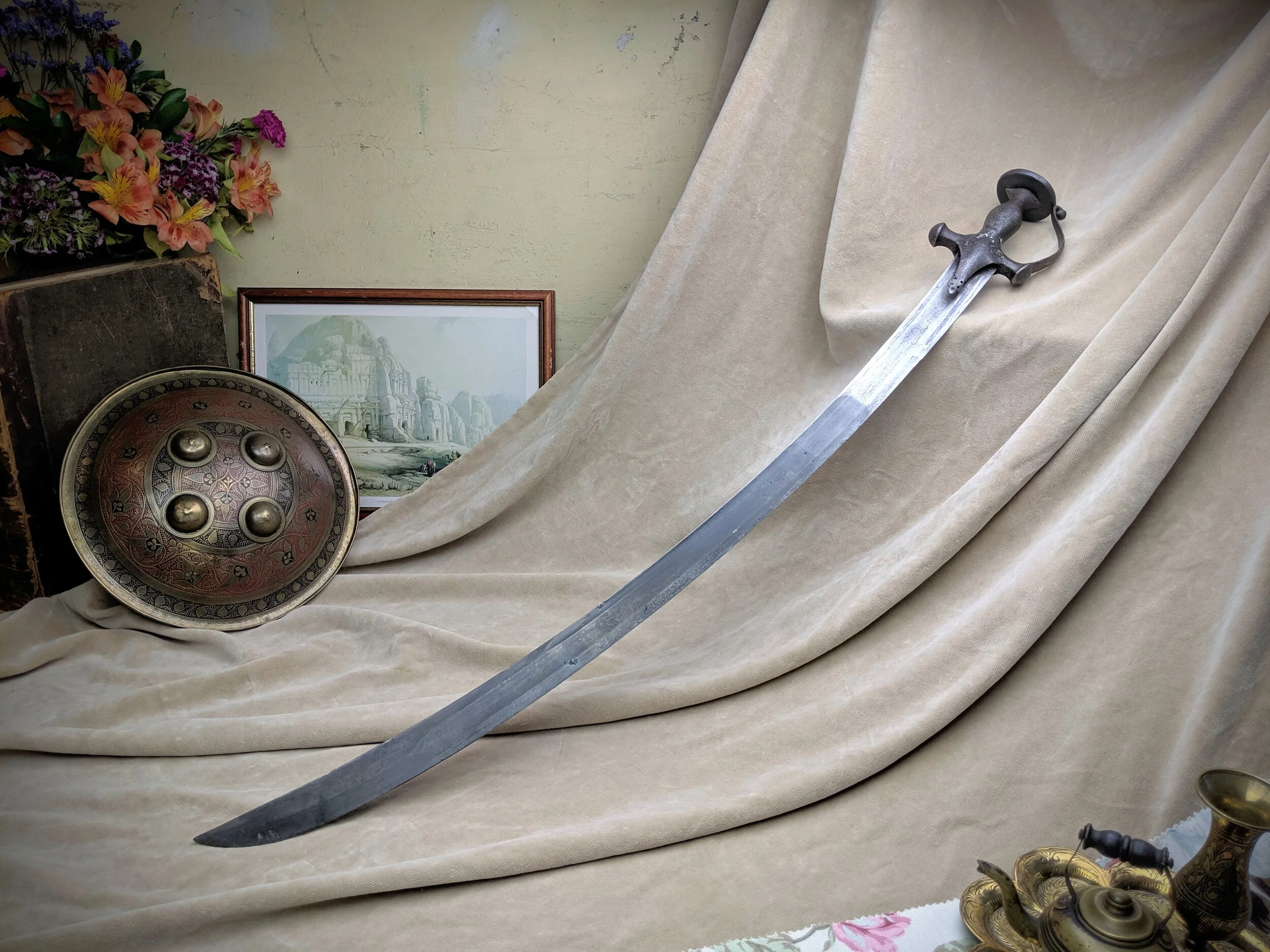Definition and Etymology
Sword definition – A sword is a bladed weapon that is designed for cutting or thrusting. It is typically made of metal, has a straight or curved blade, and is held in the hand. Swords have been used for centuries in warfare, self-defense, and as symbols of power and authority.
A sword, a blade with a sharpened edge, has been a symbol of power and protection throughout history. Like the connections hint today , it is a tool that can be used for both good and evil. A sword can be used to defend the innocent or to oppress the weak.
It is a reminder that even the most powerful of weapons can be used for both good and evil.
The word “sword” comes from the Old English word “sweord,” which is itself derived from the Proto-Germanic word “swerþaz.” The word “swerþaz” is thought to be related to the Sanskrit word “kṛpāṇa,” which also means “sword.” This suggests that the concept of the sword may have originated in the Indian subcontinent and spread to Europe through trade and migration.
A sword is a bladed weapon, typically with a straight, double-edged blade and a hilt. The sword definition has evolved over time, but it has always been a symbol of power and strength. Swords have been used in warfare, self-defense, and as ceremonial objects.
Today, swords are still used in some martial arts and as collectibles.
Evolution of the Sword
The sword has evolved over time to meet the changing needs of warfare and self-defense. In the early days, swords were made of bronze and were relatively short and straight. As iron and steel became more widely available, swords became longer and more curved. The curved blade allowed for more powerful cuts and thrusts, and the longer blade gave the user a greater reach.
The sword, a weapon of ancient lineage, has been forged with unmatched sharpness and strength. Its blade, honed to perfection, could cleave through flesh and bone with effortless ease. But beyond the realm of physical warfare, there exists a hidden world of quantum mechanics, where particles behave in ways that defy our intuition.
Like the ethereal glow of quantum pits , the true nature of the sword’s power lies in the unseen forces that govern its existence.
In the Middle Ages, the sword was the primary weapon of knights and other warriors. During this time, swords became more specialized, with different types of swords being designed for different purposes. For example, the longsword was used for fighting on horseback, while the arming sword was used for fighting on foot.
In the Renaissance, the sword began to be replaced by firearms as the primary weapon of warfare. However, swords continued to be used for self-defense and as symbols of power and authority. Today, swords are still used in some martial arts and are popular collectibles.
A sword, a weapon of war, a tool of power, has been wielded by warriors and kings throughout history. Yet, beyond its physical form, the sword holds a deeper significance. In the realm of language, the word “sword” has become synonymous with strength, courage, and honor.
It is a symbol that transcends time and culture, connecting us to the shared human experience. Like the nyt connections hint , the sword’s true meaning lies in the stories it carries, the battles it has witnessed, and the lives it has touched.
Historical Significance and Cultural Impact: Sword Definition

Swords have played a pivotal role in human history, shaping the course of civilizations and leaving an indelible mark on cultures worldwide. Their significance extends beyond their practical use as weapons, encompassing a rich tapestry of symbolism, mythology, and cultural expression.
In ancient times, swords were indispensable tools for hunting, self-defense, and warfare. They were often intricately crafted and adorned with symbols that reflected the status and prowess of their owners. In many cultures, swords became synonymous with power, courage, and honor.
Symbolism and Mythology
- Power and Authority: Swords have long been associated with power and authority. In ancient Egypt, the pharaohs carried ceremonial swords as symbols of their divine rule. In medieval Europe, knights were bestowed with swords as a sign of their noble status and military prowess.
- Courage and Honor: In many cultures, swords were seen as emblems of courage and honor. Samurai warriors in feudal Japan believed that their swords embodied their spirit and were treated with reverence. In the ancient Roman legions, the gladius was a symbol of discipline and loyalty.
- Mythology and Legends: Swords feature prominently in mythology and legends across the globe. From the legendary Excalibur of King Arthur to the divine Kusanagi-no-Tsurugi of Japanese mythology, swords have become inextricably linked with tales of heroism, adventure, and the supernatural.
Cultural Impact
The cultural impact of swords extends beyond their historical significance. They have influenced art, literature, and popular culture in countless ways:
- Art and Literature: Swords have been a recurring motif in art and literature throughout history. From ancient Greek sculptures to medieval tapestries, they have been depicted as symbols of power, beauty, and heroism. In literature, swords often serve as powerful metaphors for courage, determination, and the struggle between good and evil.
- Popular Culture: In modern times, swords continue to fascinate and inspire. They feature prominently in movies, television shows, video games, and other forms of popular culture. From the iconic lightsabers of Star Wars to the enchanted swords of fantasy novels, swords have become symbols of adventure, excitement, and the human imagination.
Types and Variations

Swords have been crafted in myriad forms, each tailored to specific purposes and combat styles. Their designs and constructions vary significantly, influencing their effectiveness in different scenarios.
Single-Edged Swords
Single-edged swords feature a sharpened blade on one side and a blunt back. They excel in slashing and cutting motions, making them ideal for infantry combat. Examples include the Roman gladius, the Japanese katana, and the medieval longsword.
Double-Edged Swords
Double-edged swords possess sharp edges on both sides of the blade. They offer greater versatility, allowing for both slashing and thrusting attacks. Notable examples include the Viking sword, the Swiss saber, and the Chinese jian.
Curved Swords
Curved swords have blades that curve towards the point. This design enhances their cutting power, making them effective in close-quarters combat. Examples include the Middle Eastern scimitar, the Indian talwar, and the Persian shamshir.
Straight Swords
Straight swords feature blades that run parallel to the hilt. They excel in thrusting attacks and are often used in fencing and dueling. Examples include the French épée, the Italian spada, and the Spanish estoque.
Other Variations, Sword definition
In addition to these primary types, there are numerous other sword variations with unique characteristics. These include:
– Falchions: Single-edged swords with a curved blade, designed for both slashing and hacking.
– Broadswords: Double-edged swords with a wide blade, used for both cutting and thrusting.
– Rapiers: Long, slender swords with a narrow blade, optimized for thrusting.
– Claymores: Large, double-edged swords with a wide blade, used by Scottish Highlanders.
– Katars: Indian punching daggers with a H-shaped hilt and a blade extending from the knuckles.
The sword, a weapon of war and symbol of power, has been wielded by warriors throughout history. Its blade, sharp and gleaming, is a testament to the human capacity for both violence and beauty. But beneath the sword’s deadly allure lies a deeper meaning, one that connects it to the casino meaning.
Like the sword, the casino is a place where fortunes are won and lost, where hope and despair intertwine. It is a realm of chance and risk, where the thrill of victory and the agony of defeat are always present.
And just as the sword can be used for both good and evil, so too can the casino be a source of both wealth and ruin.